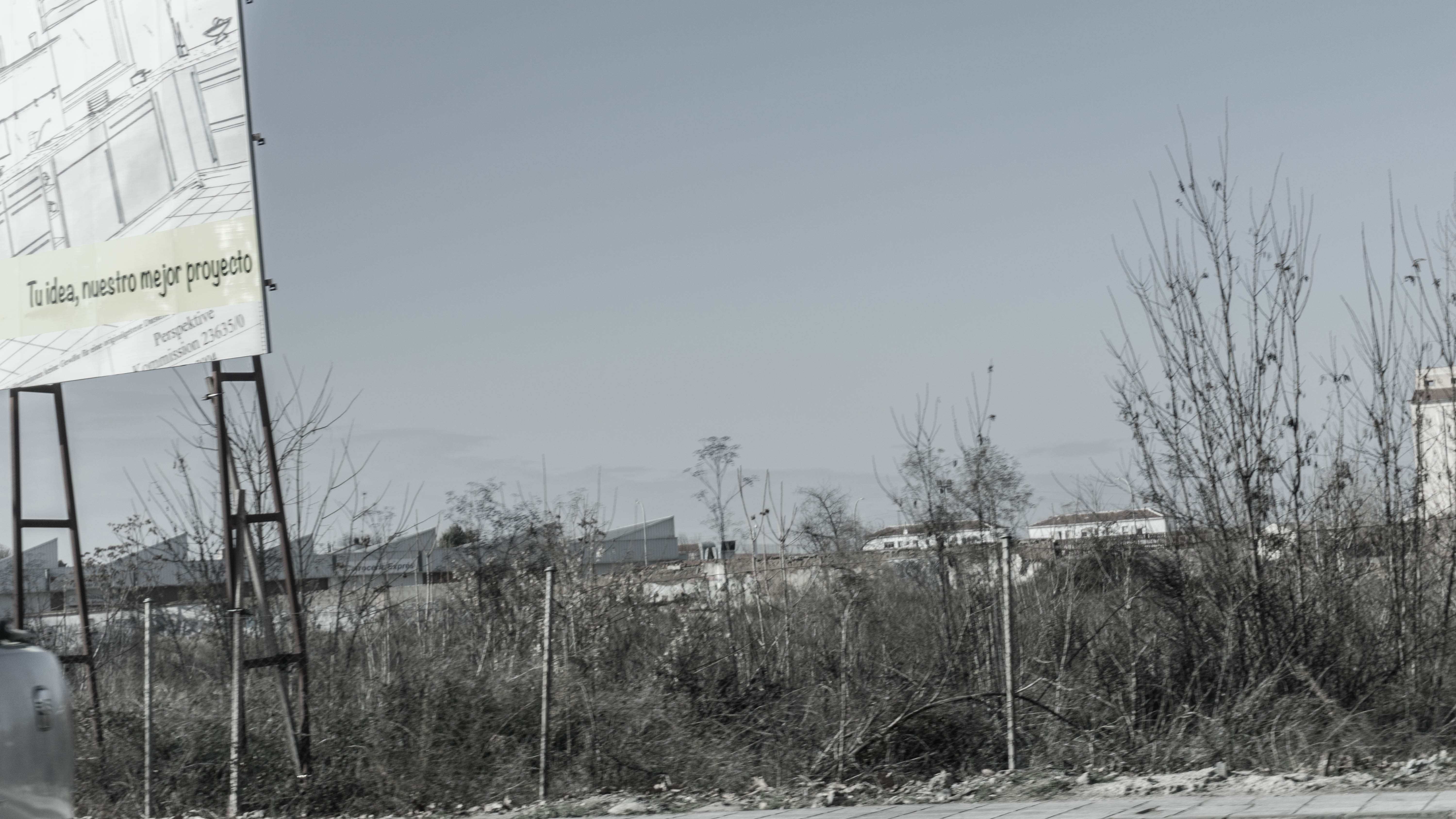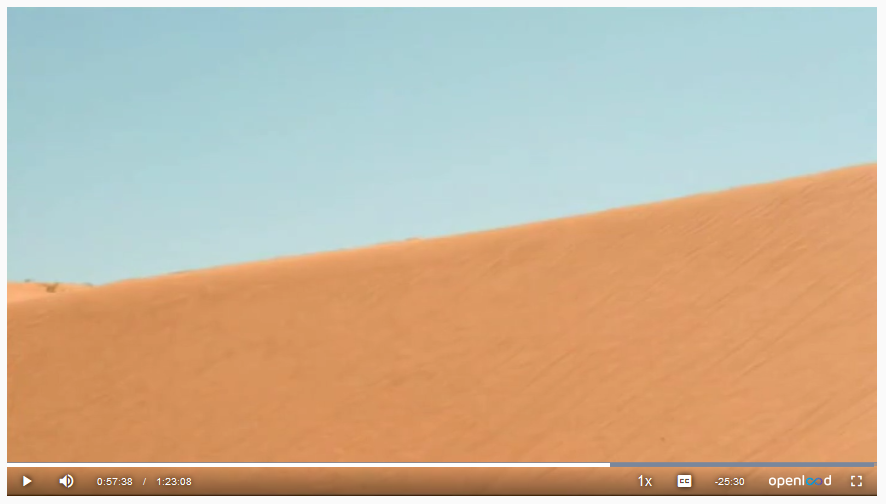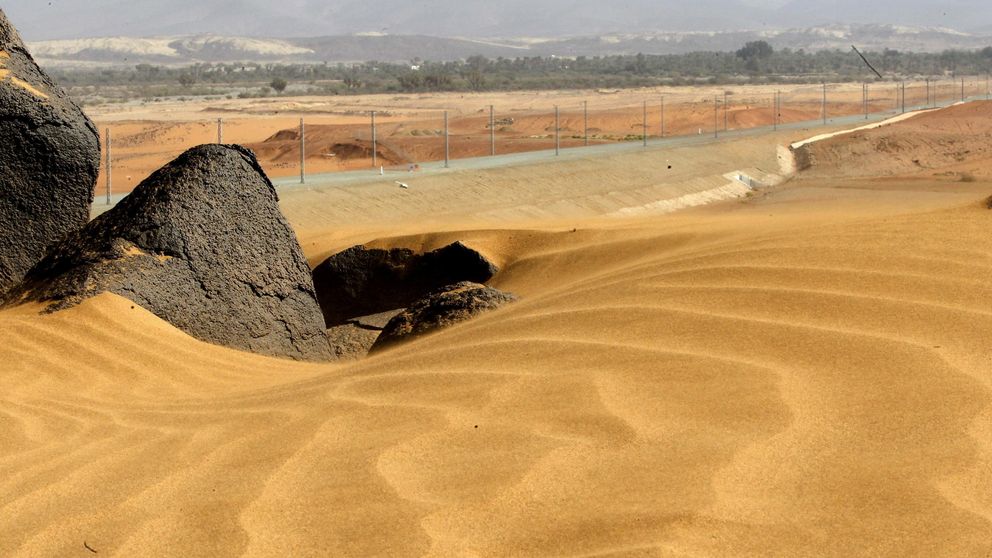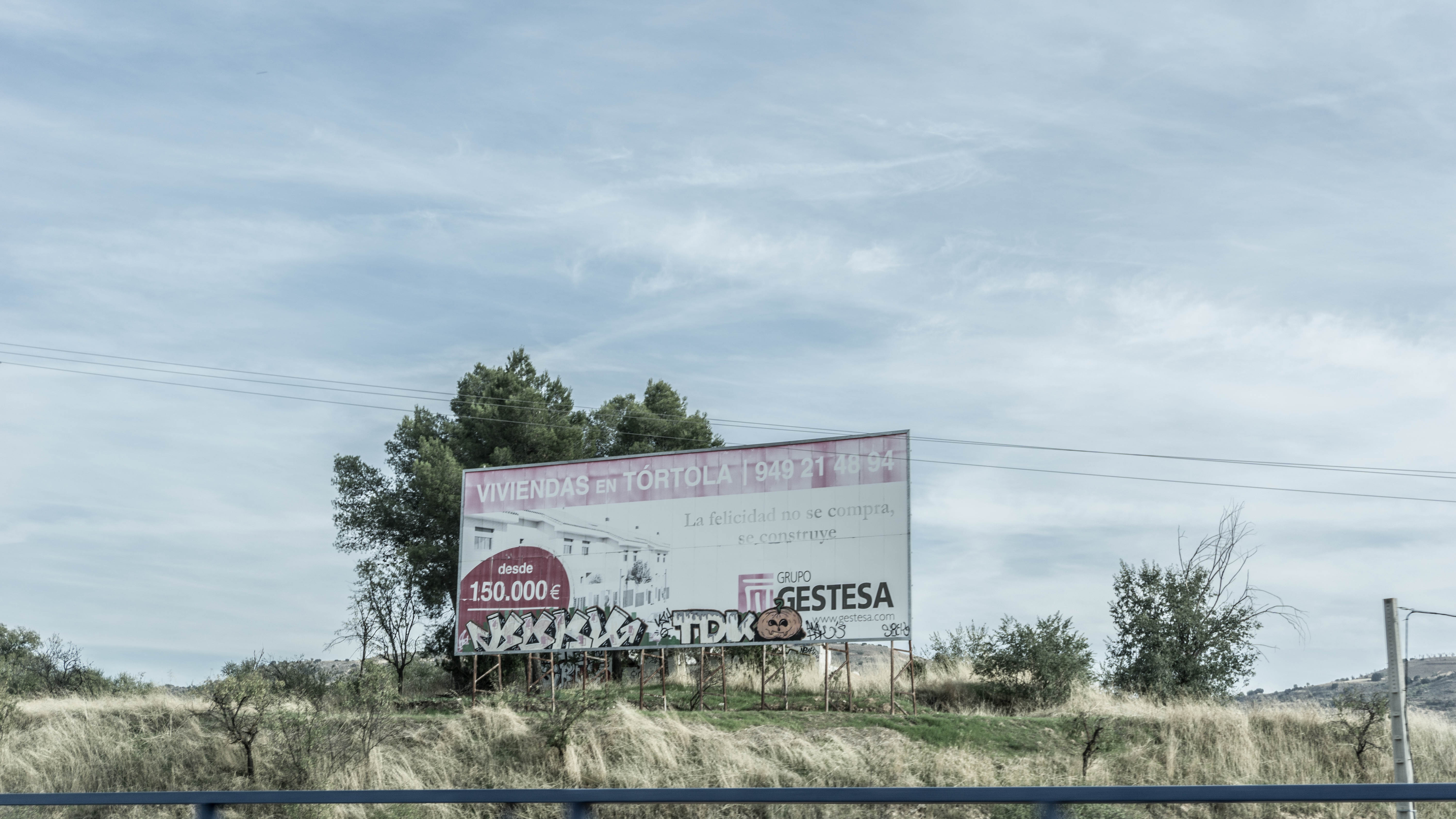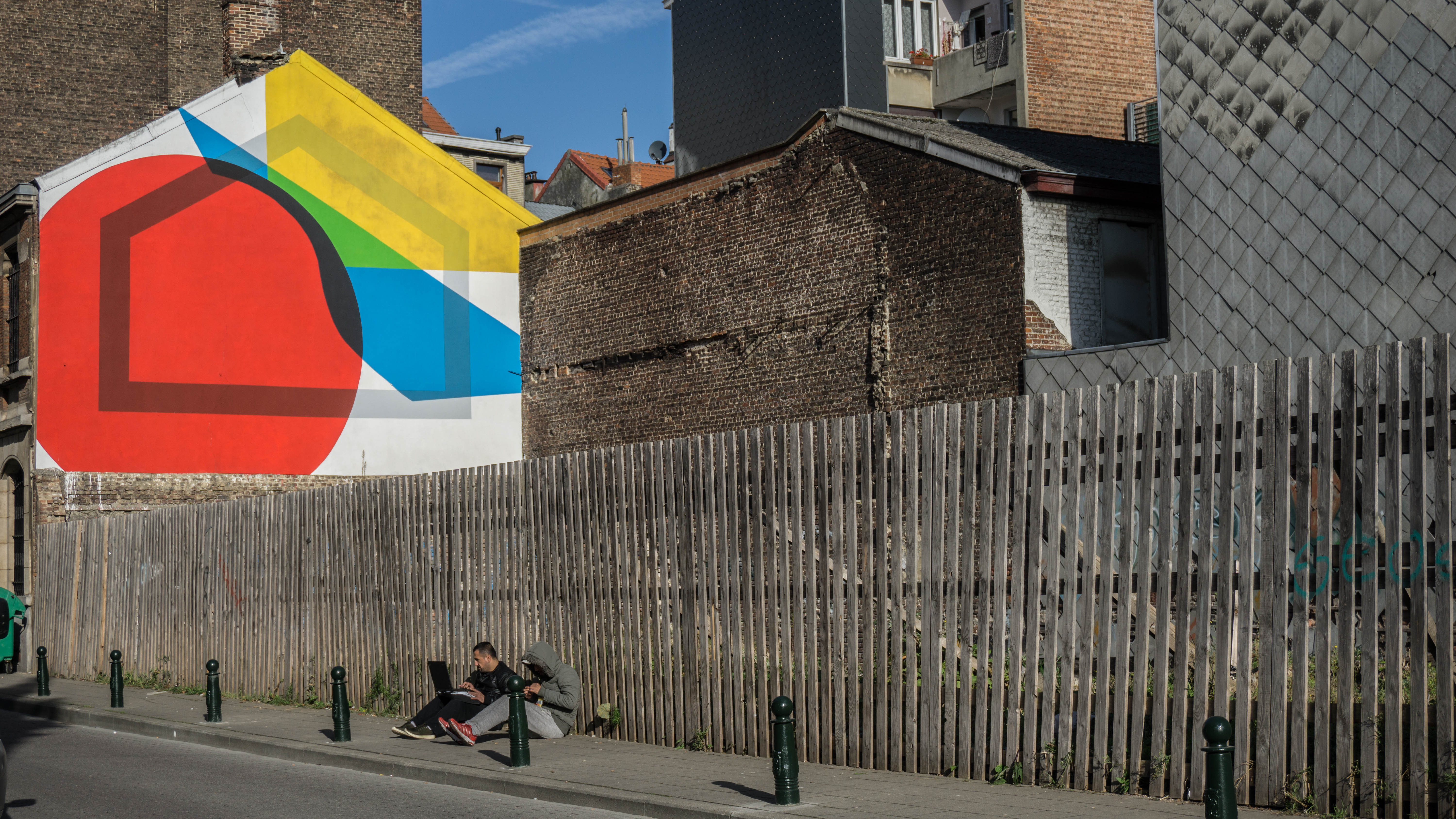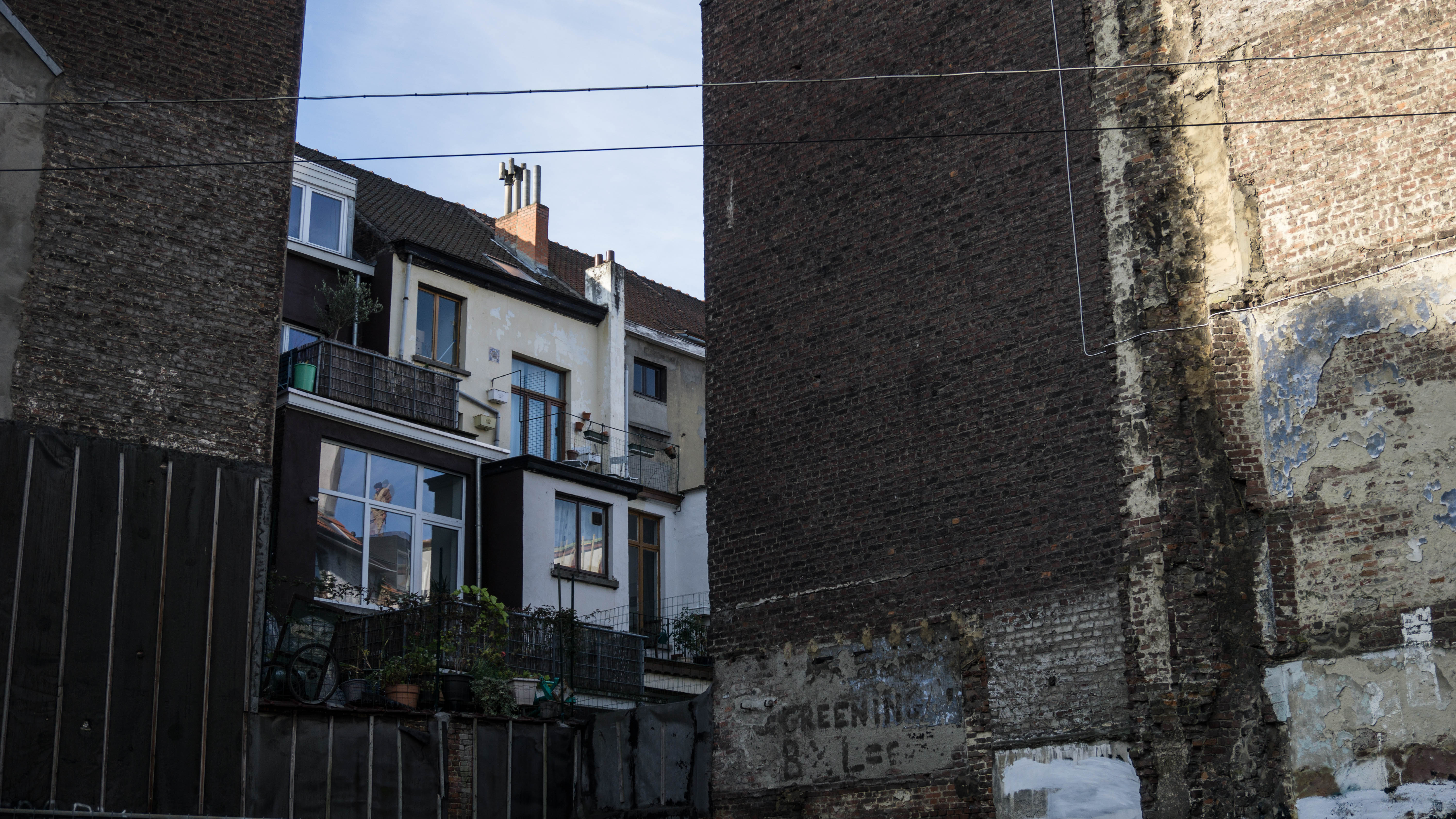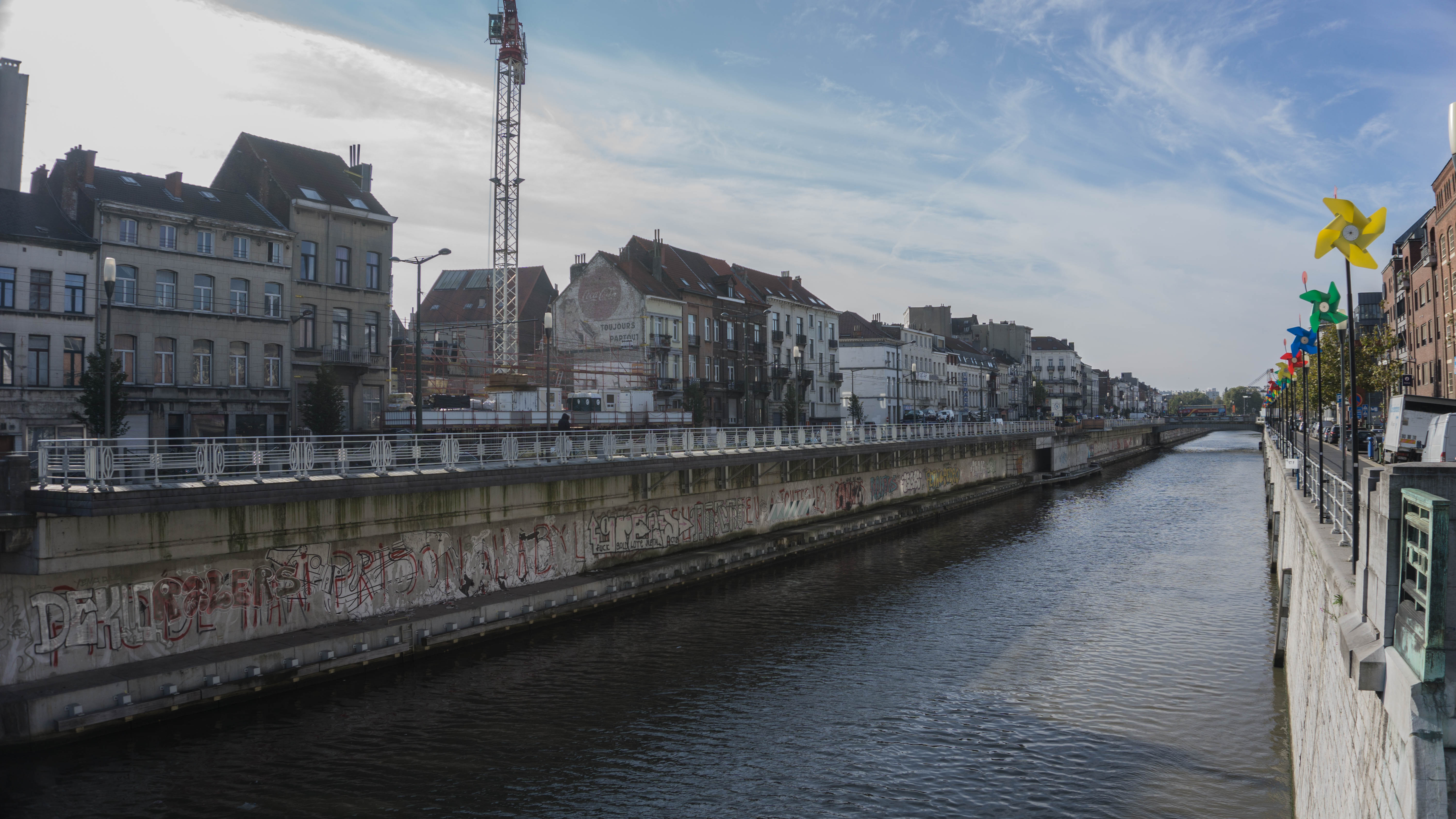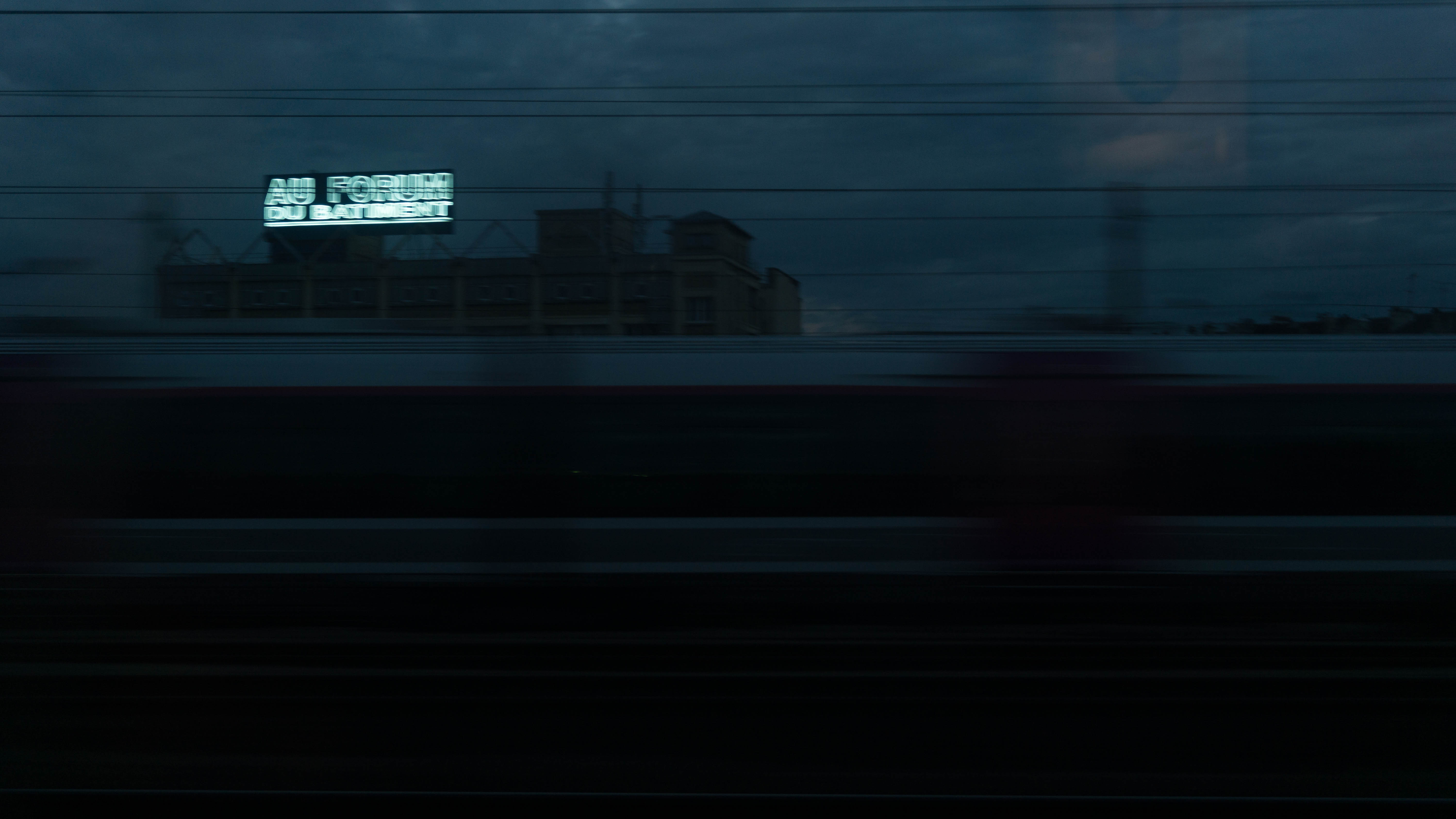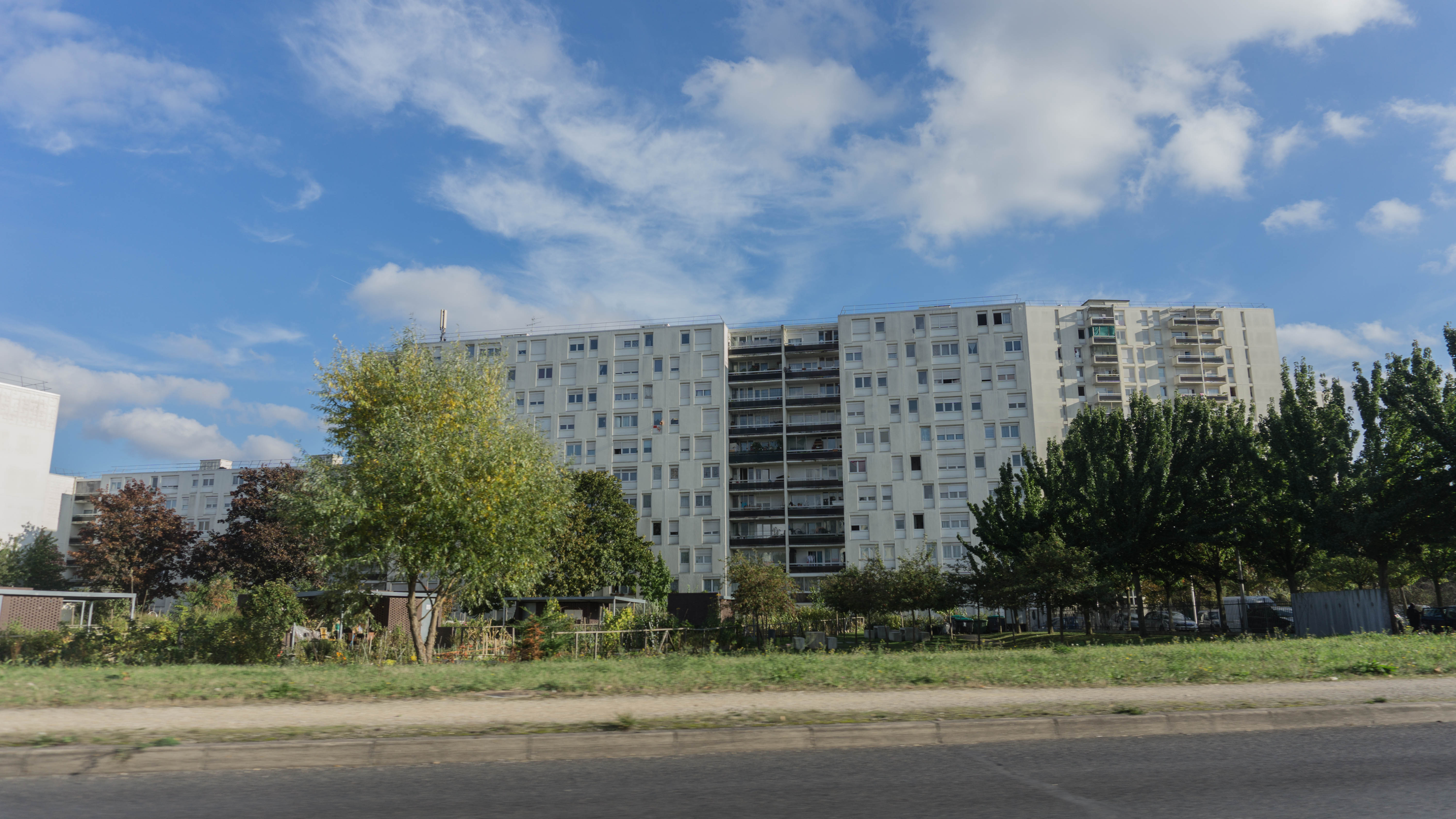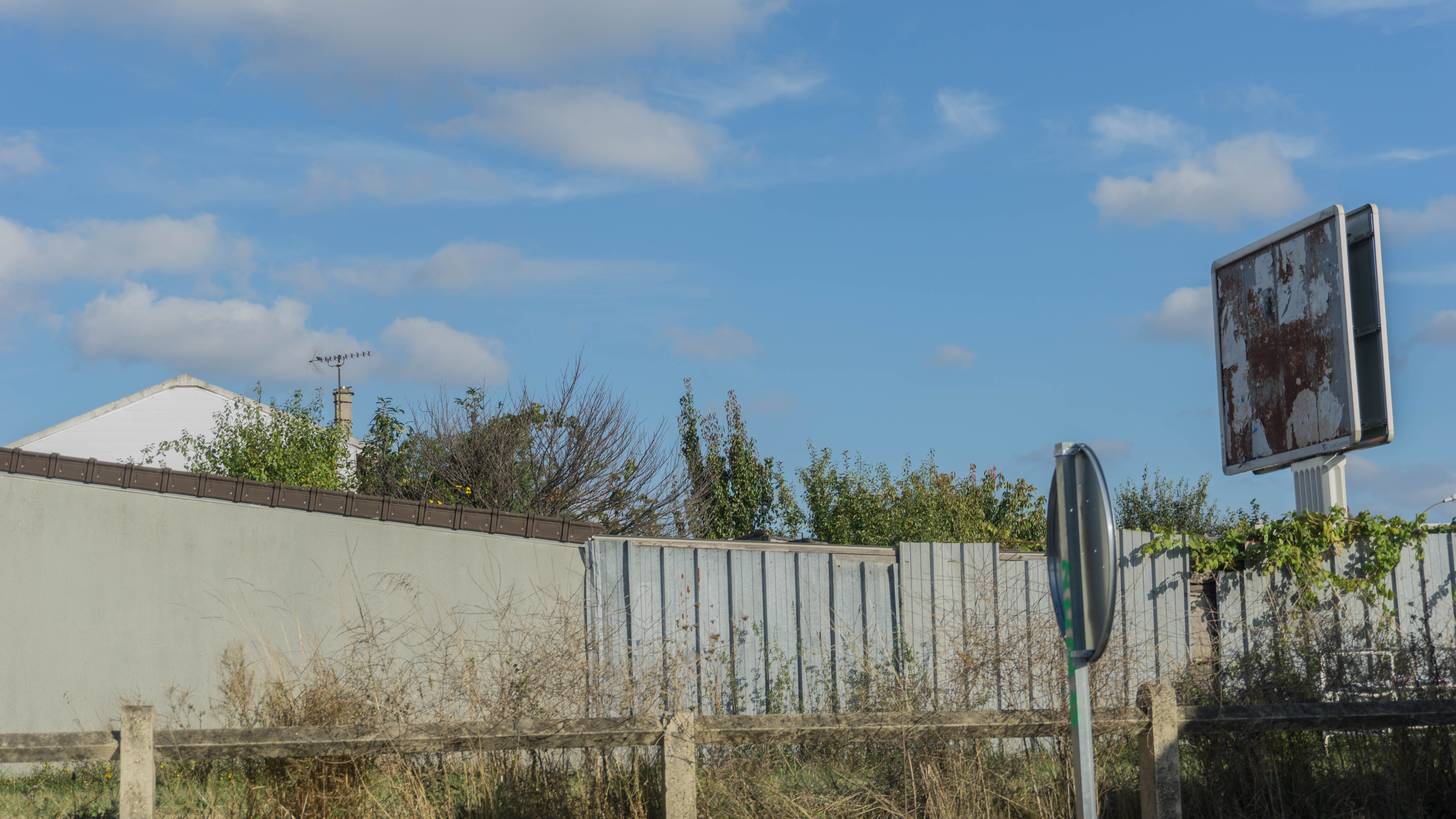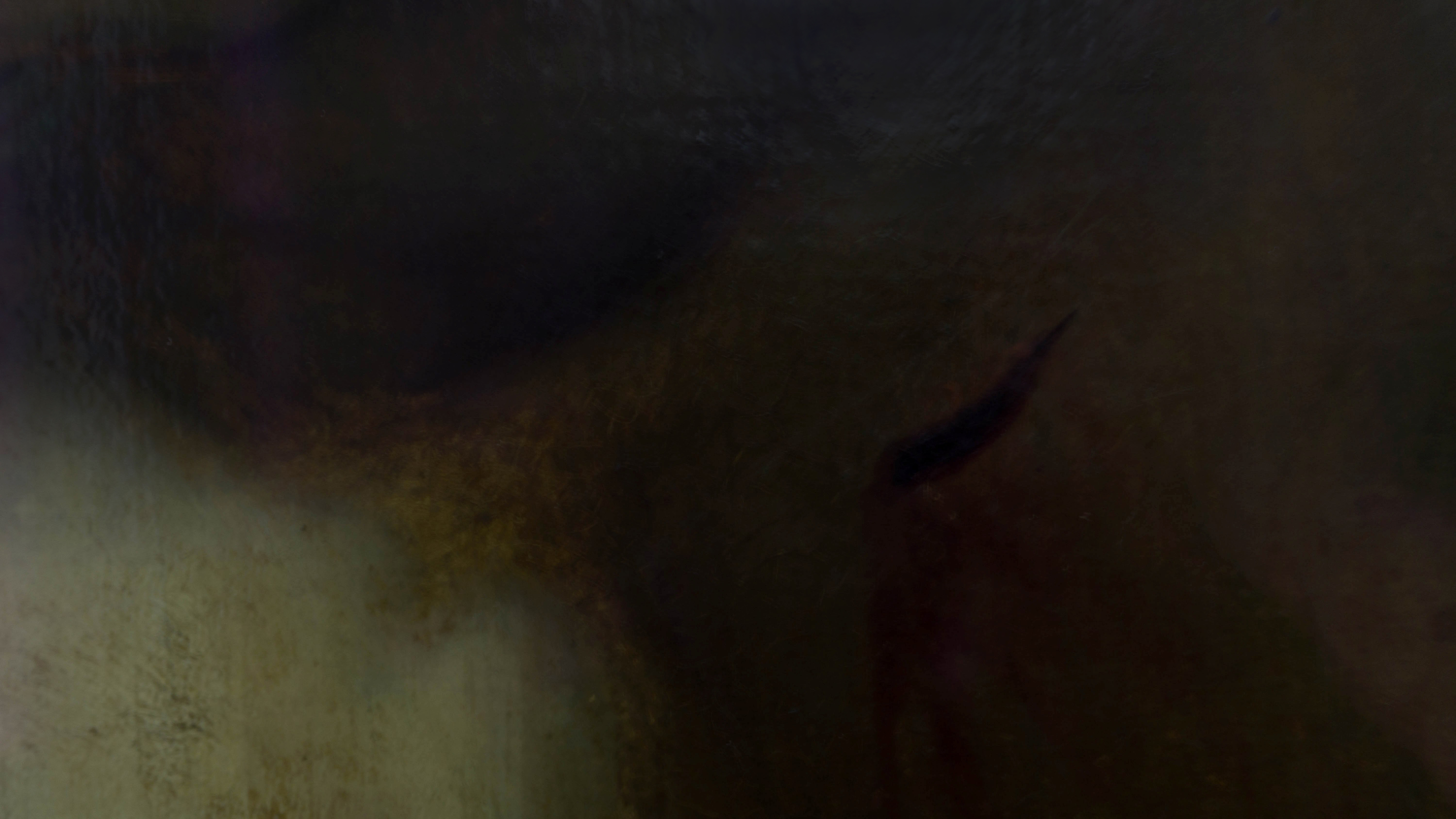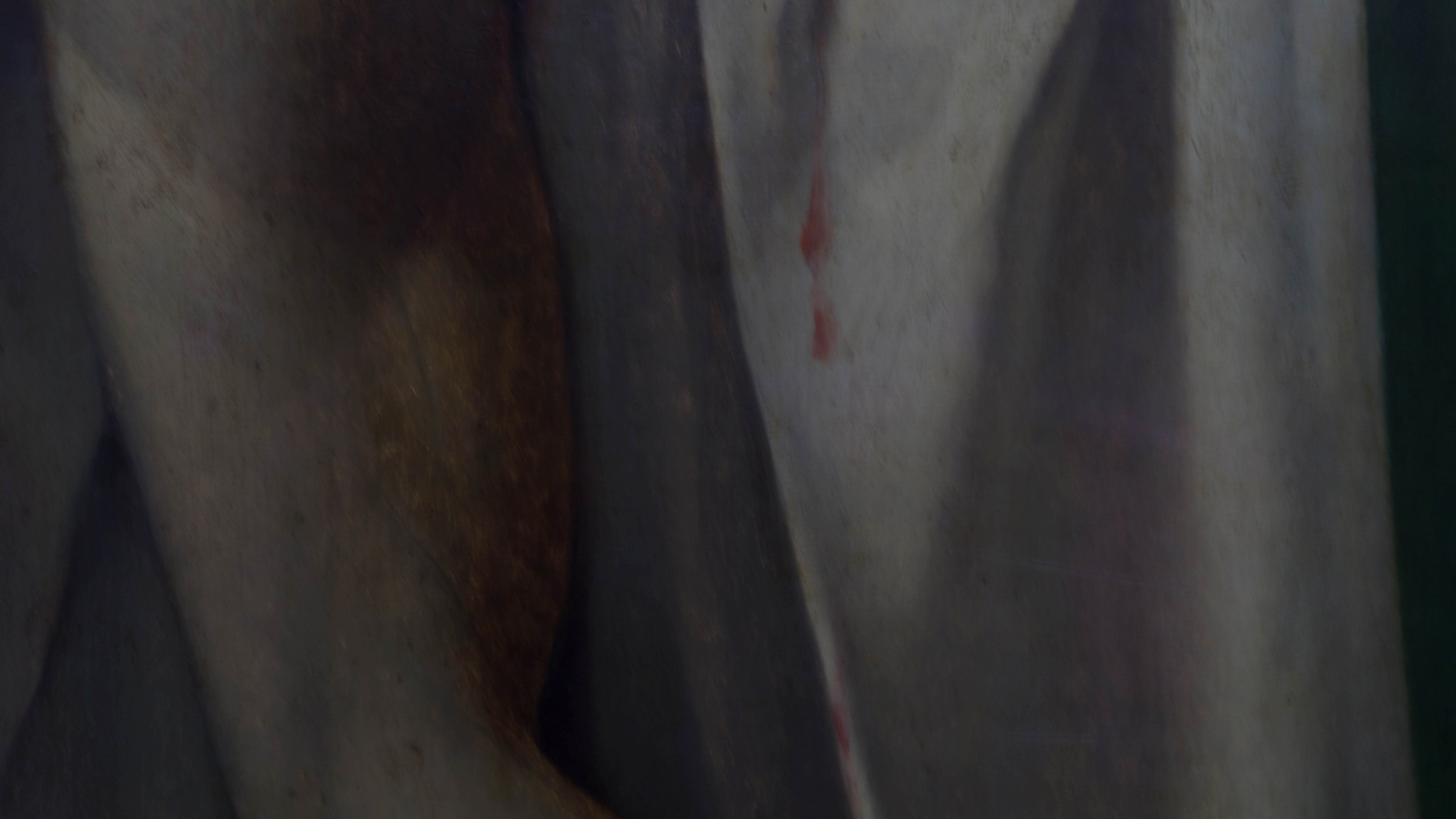Is the suffering of others also our own? In thinking that it might in fact be, societies expand the circle of the we.
The environment suddenly shifts in an unforeseen and unwelcome manner.
Move to strangeness
Human beings need security, order, love, and connection
Memories about the past guide this thinking about the future
Reactions to a volcano-like event that shook the foundations of the social world.
Holding an attitude of benign neglect or cynical indifference
A blow to the psyche that breaks through one’s defenses so suddenly and with such brutal force that one can not react to it effectively
An important part of the self has disappeared… “We” no longer exist as a connected pair or a linked cells in a larger communal body
Truth goes underground
One cannot simply leave behind
Buried in the unconscious, the event is experienced irrationally, in the nightmares
Denials that insist on looking to the future and forgetting the past
Fragmented and polarized social order
Bridging the gap between event and representation
A spiral of signification
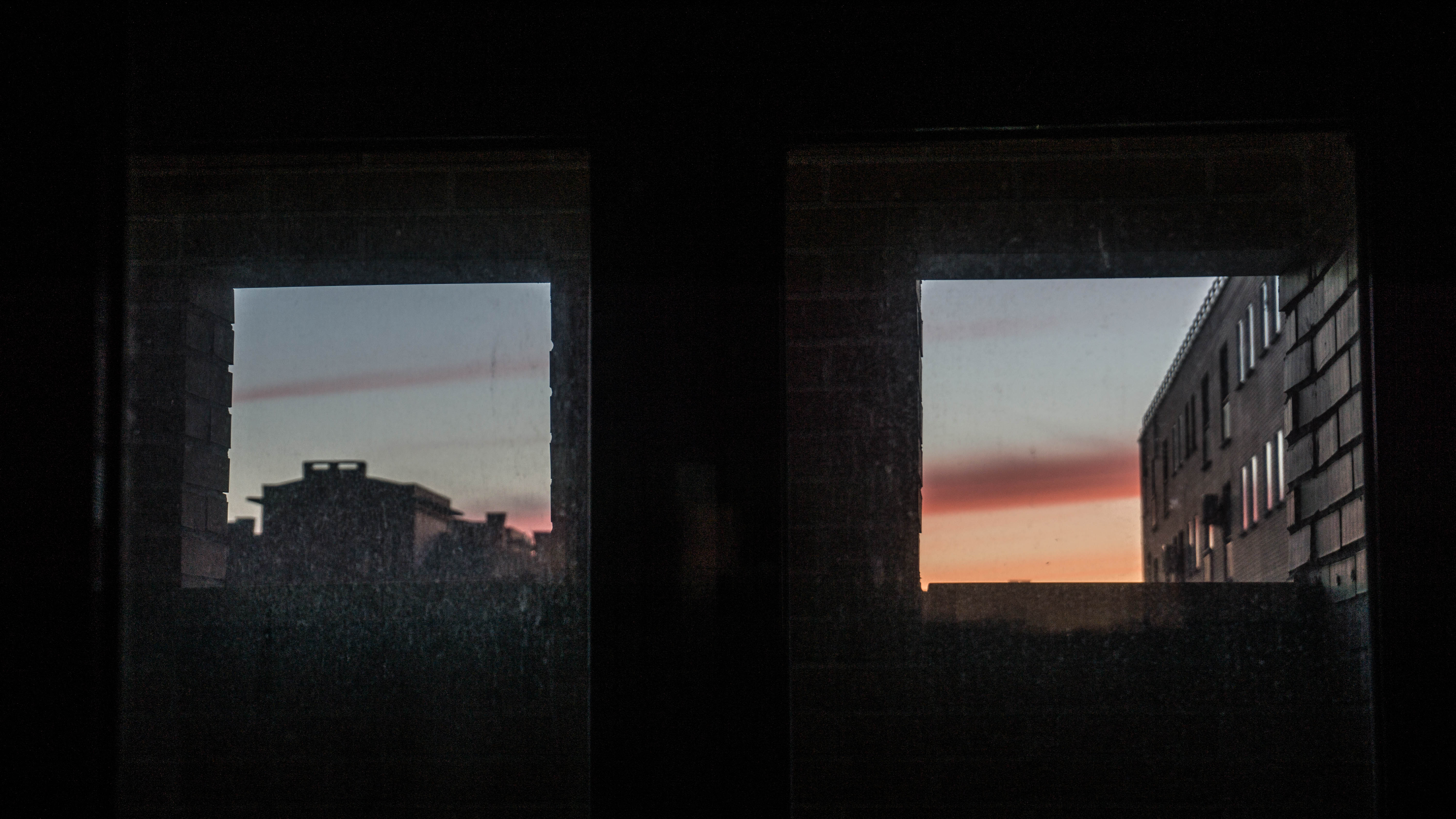
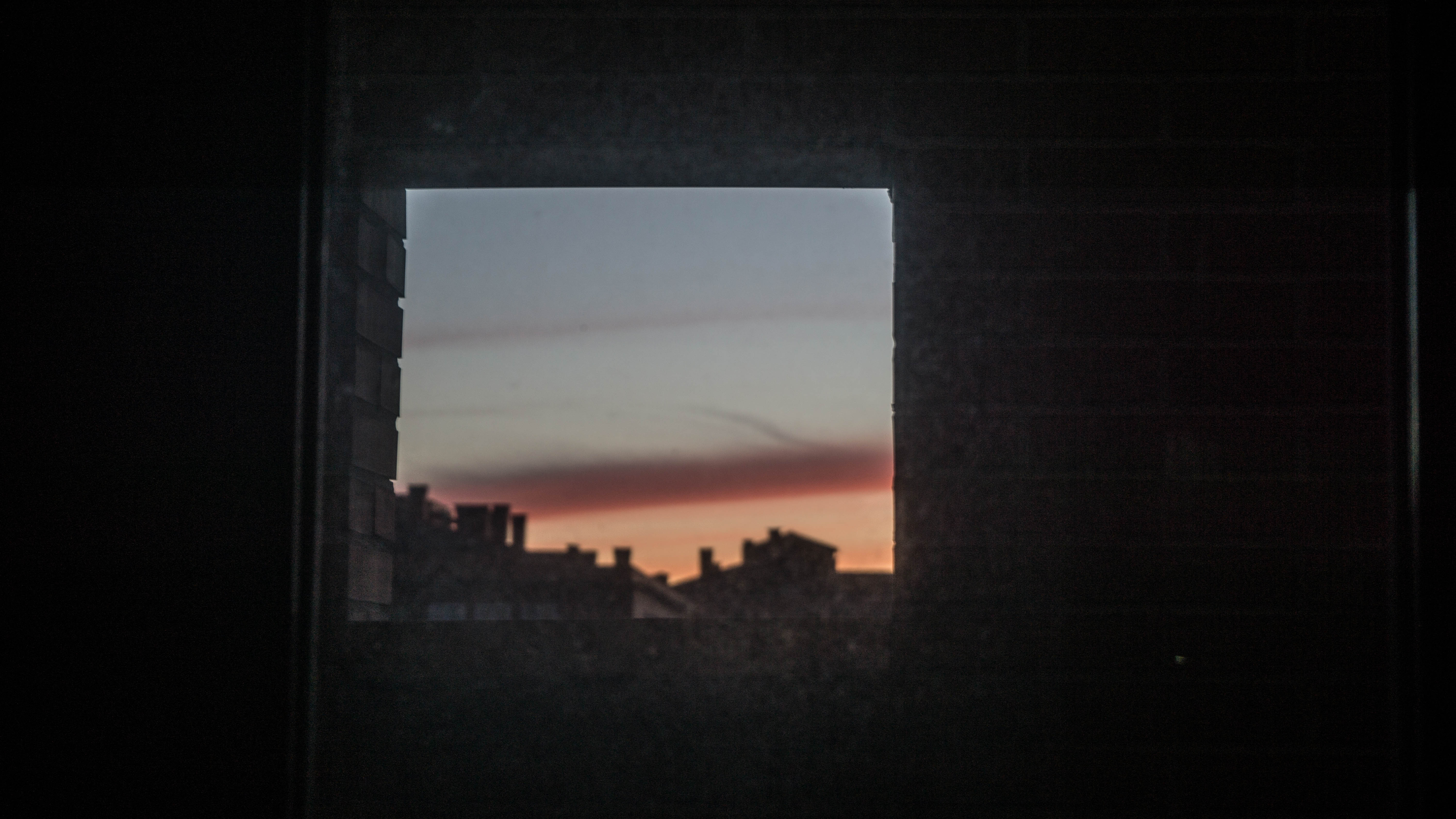

Source: ALEXANDER_Cultural-Trauma



